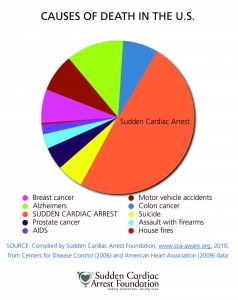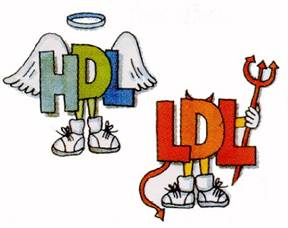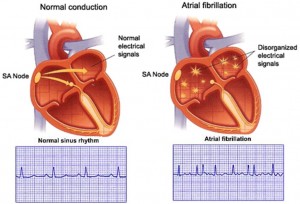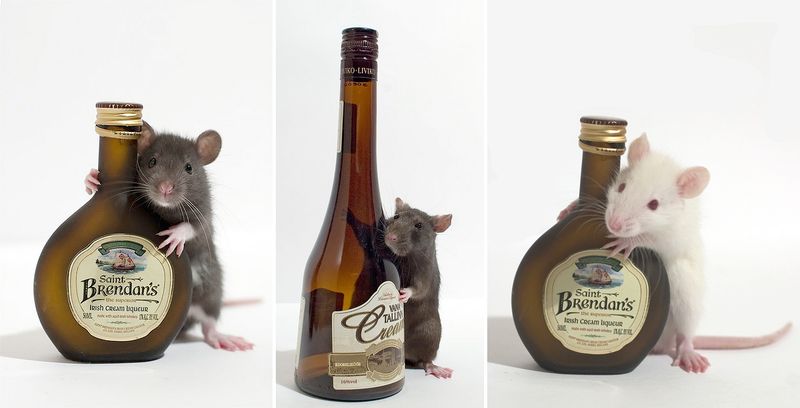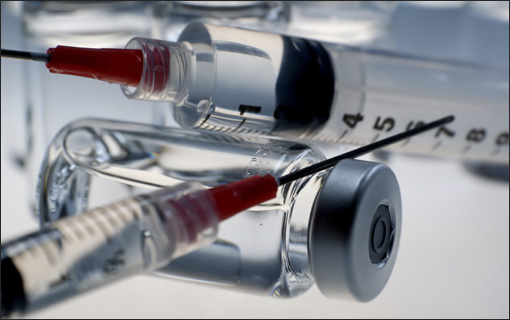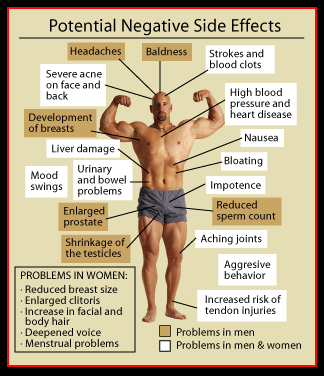Heart disease is the leading cause of death in the world, and it has been long known that heart disease is highly associated with elevated levels of cholesterol. Cholesterol is fatty substance which originates from dietary intake and liver production. If you have thought of cholesterol merely as a measurement of obesity (which is not entirely wrong), you should keep in mind that an adequate level of cholesterol is vital to help your brain, skin, heart, and other organs grow and do their jobs in the body.

Cholesterol can be divided into two groups: LDL (low density lipoprotein) and HDL (high density lipoprotein). LDL is called “bad” cholesterol, because it is the LDL cholesterol that forms plaques and is associated with heart disease. HDL is called the “good” cholesterol, because HDL cholesterol actually extracts LDL cholesterol from artery walls and moves them back into liver, preventing atherosclerosis.
The LDL cholesterol is unarguably one of the risk factors that often make heart diseases deadly, but it has not been clearly understood why. However, University of British Columbia researchers David Fedida and Jodene Eldstrom discovered that cholesterol disrupts the flow of the electrical currents that generate the heart beat, causing cardiac arrhythmias (irregular heartbeats).
We have countless ion channels present in the membranes of all cells in the body, and they are key components in a wide variety of biological processes. The type of protein channels that are involved in the mechanism by which the heart’s electrical activity occurs is voltage-gated Kv1.5 potassium channel.
The heart undergoes depolarization (positively charged) as positively charged potassium ions move into the cell through Kv1.5 potassium channel. Shortly after depolarization, the heart releases potassium ions and returns its membrane potential to a negative value (repolarization). The ion exchanges are regulated by Kv1.5 potassium channel. The continuous depolarization and repolarization create small electric current.
All the cells with Kv1.5 potassium channel contributes to this process like little batteries, and the generated electricity flows through the heart as an impulse and the heart beats. One important thing about this ion channels is that they are synthesized inside the cell and transported to the cell’s surface. They stay at the surface for only a few hours, and then they internalize back into the cells to be degraded or remade again. Dr. David Fedida found that cholesterol disrupts this whole recycling process and affects the number of cells that can act as “little batteries”, causing the heartbeat to quicken, and eventually fail. David Fedida explains that cholesterol-lowering drugs may help normalize the heart’s electrical activity.
Small amount of cholesterol is inevitable for normal function of body. However, excessive cholesterol can lead to sudden cardiac arrest: the number one cause of death in the world. This discovery of additional danger of cholesterol on coronary heart disease sheds light on sudden death in people with high cholesterol and opens ways to potential anti-arrhythmic drugs.
Andy Byun

